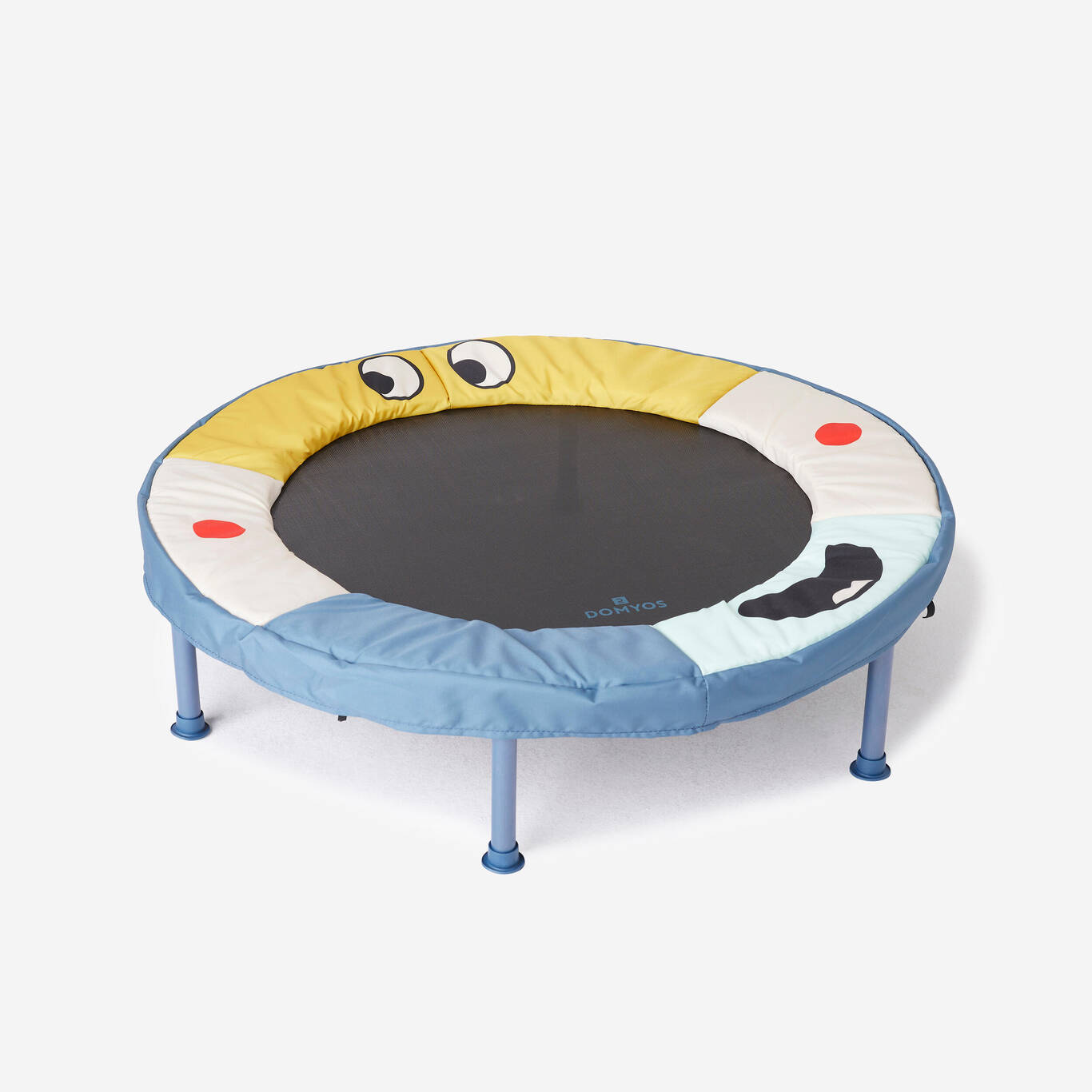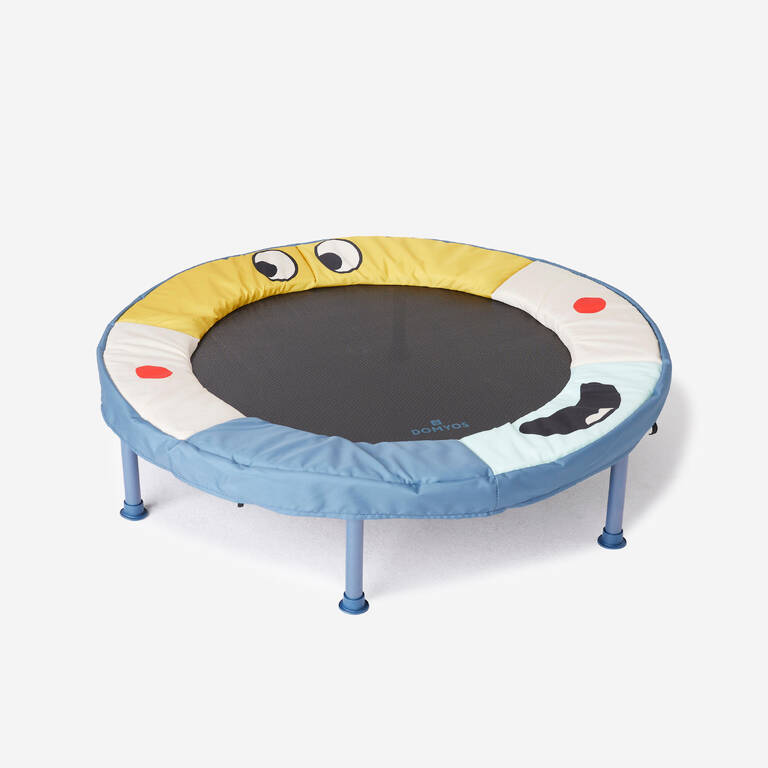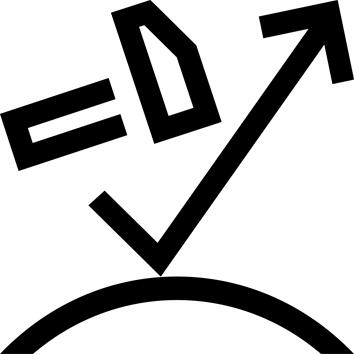Stages for reaching dynamic equilibrium
Children under the age of 4 must learn how to control their body and move in any given direction, then gradually refine their movements while moving their feet side by side. At age 4, children can walk with one foot in front of the other on a beam that is at least one and half times the width of their feet.
At age 6, children can walk heel to toe on a beam that is at least as wide as their feet.
Psychomotor development :
The psychomotor development of the child has genetic, motor and psychological foundations.
A product can have an influence on the psychomotor development of the child if it acts in the motor domain.
This motor domain has several major components: body schema, dynamic coordination, balance, hand-eye coordination, fine motor skills and temporal and spatial structuring.
Body schema
The body schema is the representation that the child has of his or her body, allowing him or her to have a more refined mastery of his or her gestures, a perception of his or her body and, more generally, an awareness of self. It is first constructed from sensations and actions ("body felt, body acted"), before being represented and spoken of ("body represented", drawing of the man).
The more the child acts, the more he refines his body schema and the better he acts in return.
Eye-motor coordination
Hand-eye coordination includes actions that allow children to aim with all or part of their body: for the youngest kids, following a path, then aiming with large objects and large targets, with hands and feet, and then gaining in precision until they reach total control with individual fingers: tapping, stringing beads, writing.
Temporo-spatial structuring
Temporo-spatial structuring includes everything that relates to the child's positioning in time (before/after, rhythmic activity, day/night, season, etc.) and in space (in front/behind, over/under, right/left, etc.).
User information:
Do not store directly on the ground. Use a protective mat to prevent damage to your floor and protect your children from possible spray.Outer diameter: 90 cm
Jumping surface diameter: 63 cm
Height: 24 cm
Jumping surface: about 6360 cm²



















